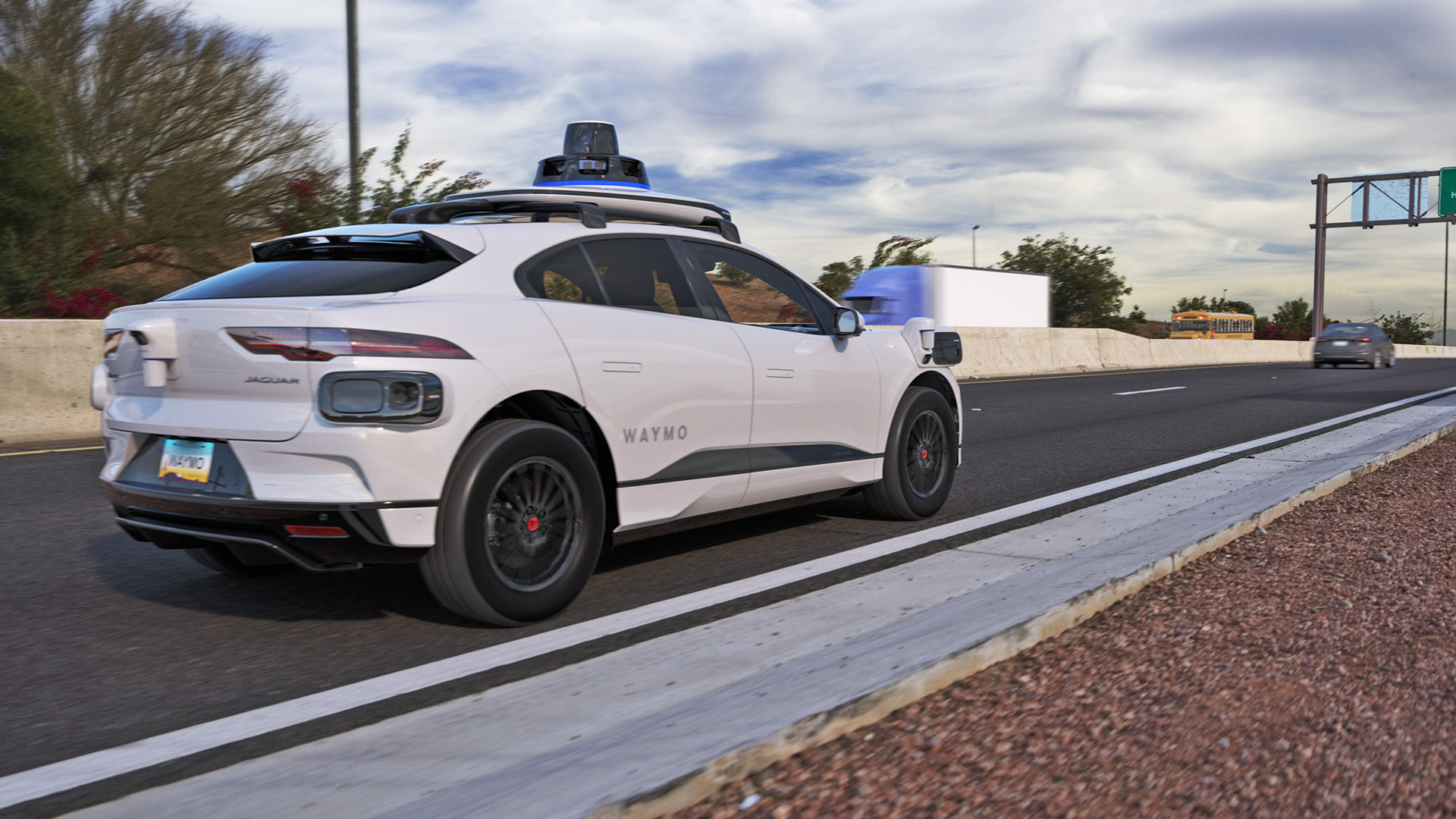Waymo’s robotaxi service has operated successfully in parts of Phoenix for the past several years, and more recently in San Francisco too, but the routes are still limited to surface streets, which makes certain journeys longer than they need to be.
Waymo is looking to solve the issue by integrating freeway routes into its service. The Alphabet Inc.-owned company announced this month that its robotaxis will soon start testing on freeways in Phoenix. There won’t be a safety driver behind the wheel for the test phase, and only Waymo employees will be able to book rides.
Trip times could potentially be cut significantly when using freeways. Waymo gave the example of a trip from Phoenix’s Sky Harbor Airport to the northern parts of Scottsdale, which using the AZ-101 freeway would take 25 minutes versus 50 minutes using surface streets.
Waymo already has years of experience navigating freeways, particularly in Arizona and California. The company was developing self-driving semi-trailers to transport goods autonomously via a separate service known as Waymo Via, but it gave up the plan last summer to focus on its robotaxi service, known as Waymo One.
Waymo started testing its robotaxis on freeways in the past year, though always with a safety driver behind the wheel.
Waymo is also testing robotaxis in Los Angeles and Austin in preparation of rolling out its One service in those cities. The company is closer to starting a public service in Los Angeles. It announced last week that it has applied for a license from the California Public Utilities Commission to allow its robotaxi service to operate in Los Angeles.
Developing a safe and reliable robotaxi service is proving to be a huge challenge. A number of promising companies in the segment have backed out of the race, such as Argo AI and Uber. General Motors-backed Cruise also had a service running in San Francisco until late last year, when it was forced to stop the service after California’s DMV determined the company’s robotaxis to be unsafe for public operation. Cruise hasn’t said when its service will begin operating again.

